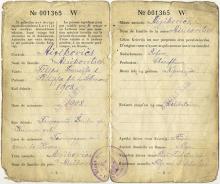Read More...
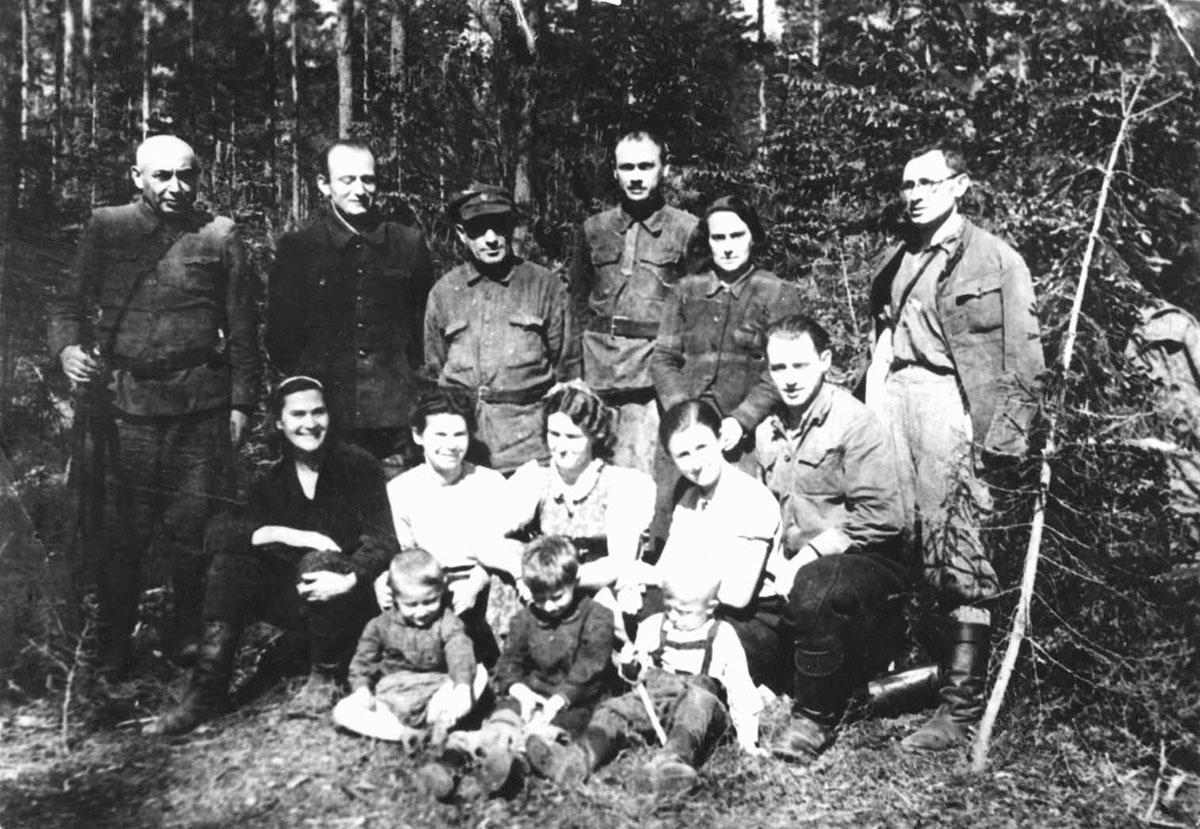
Yad Vashem Photo Archives, 121Go2

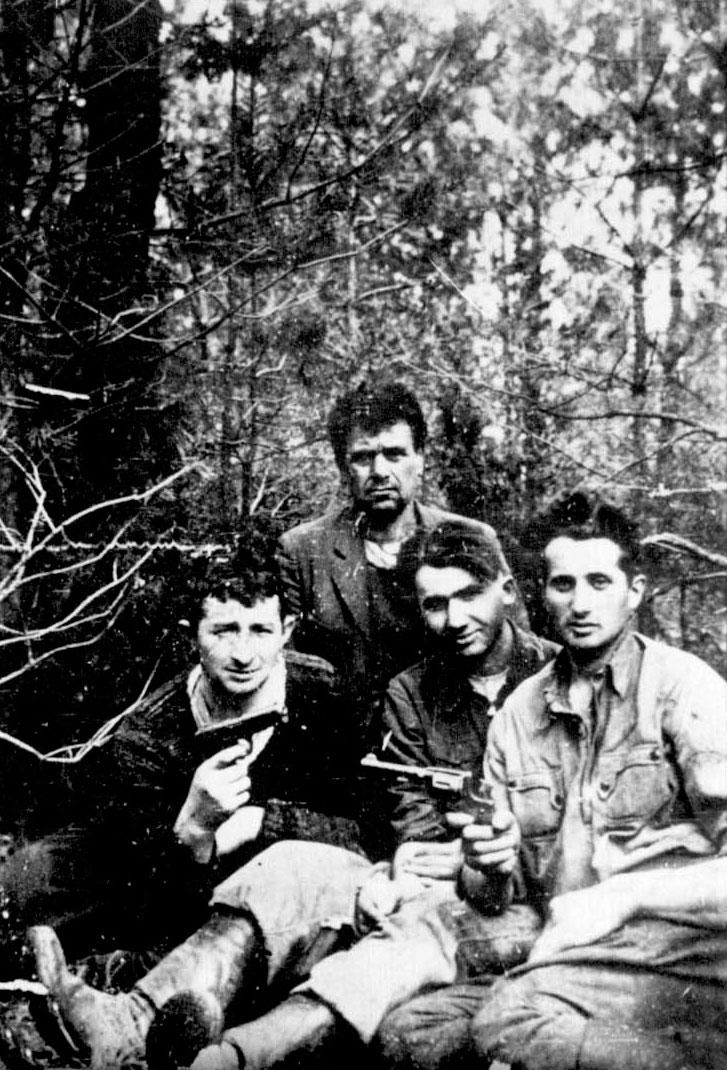
Yad Vashem Photo Archives 120FO1

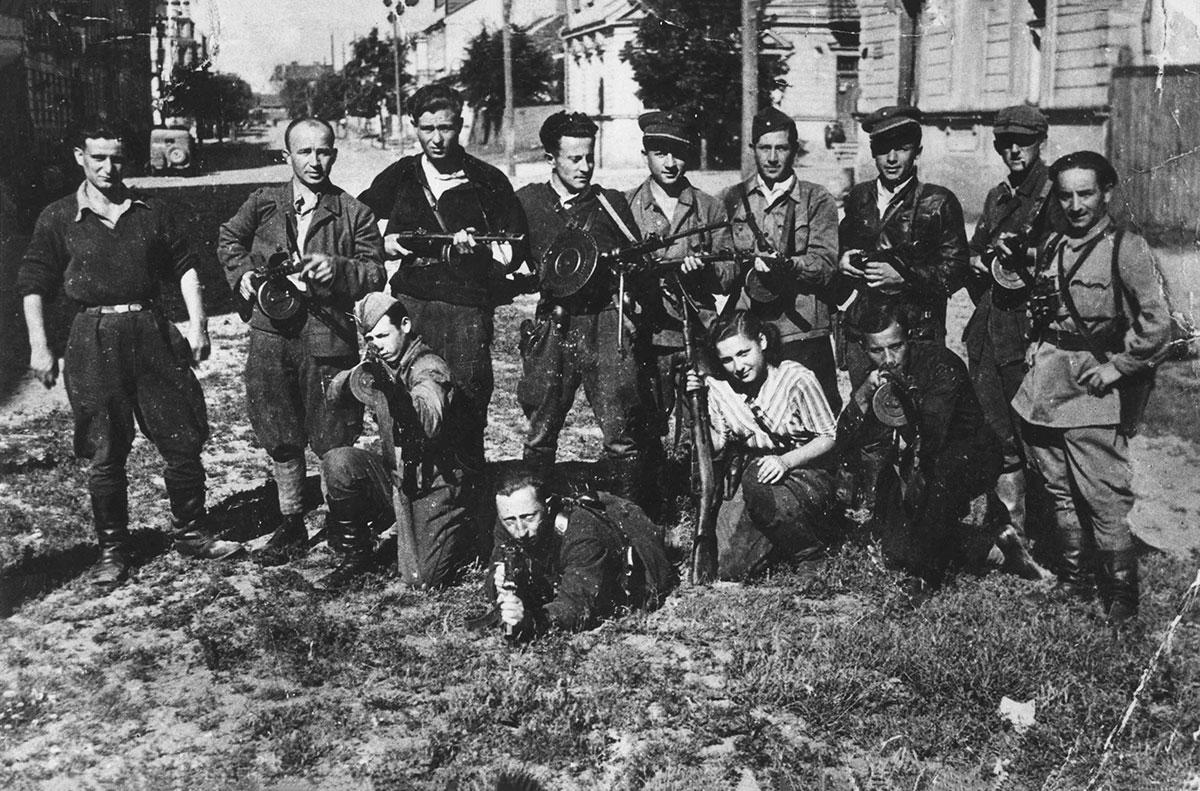
Yad Vashem Photo Archives 4613/139

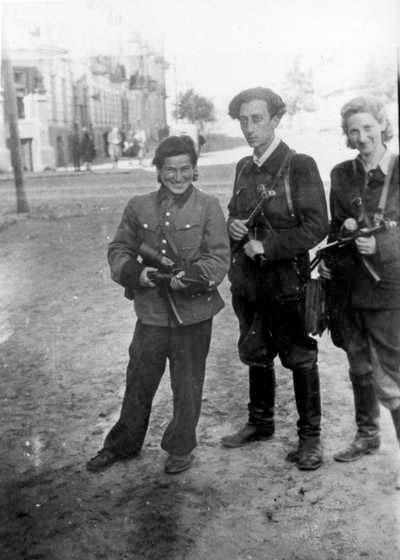
Yad Vashem Photo Archives 3271/15

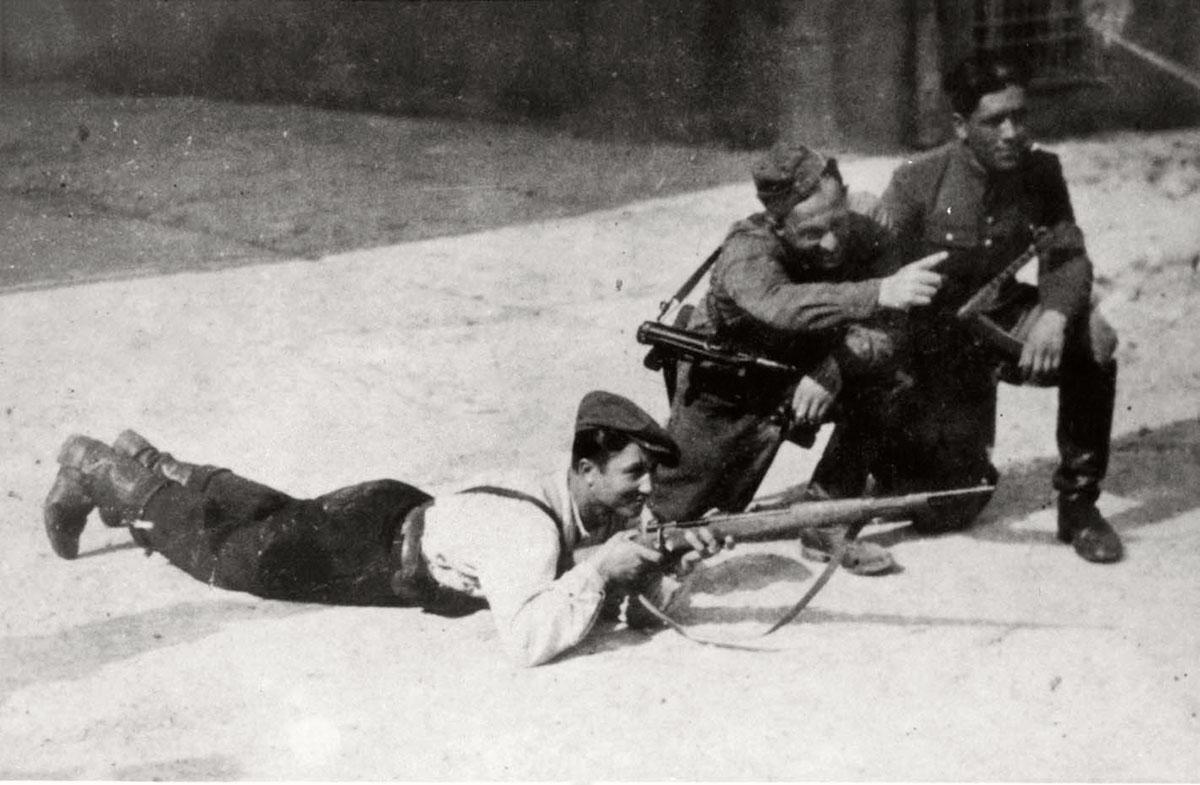
Yad Vashem Photo Archives, 3883/3665

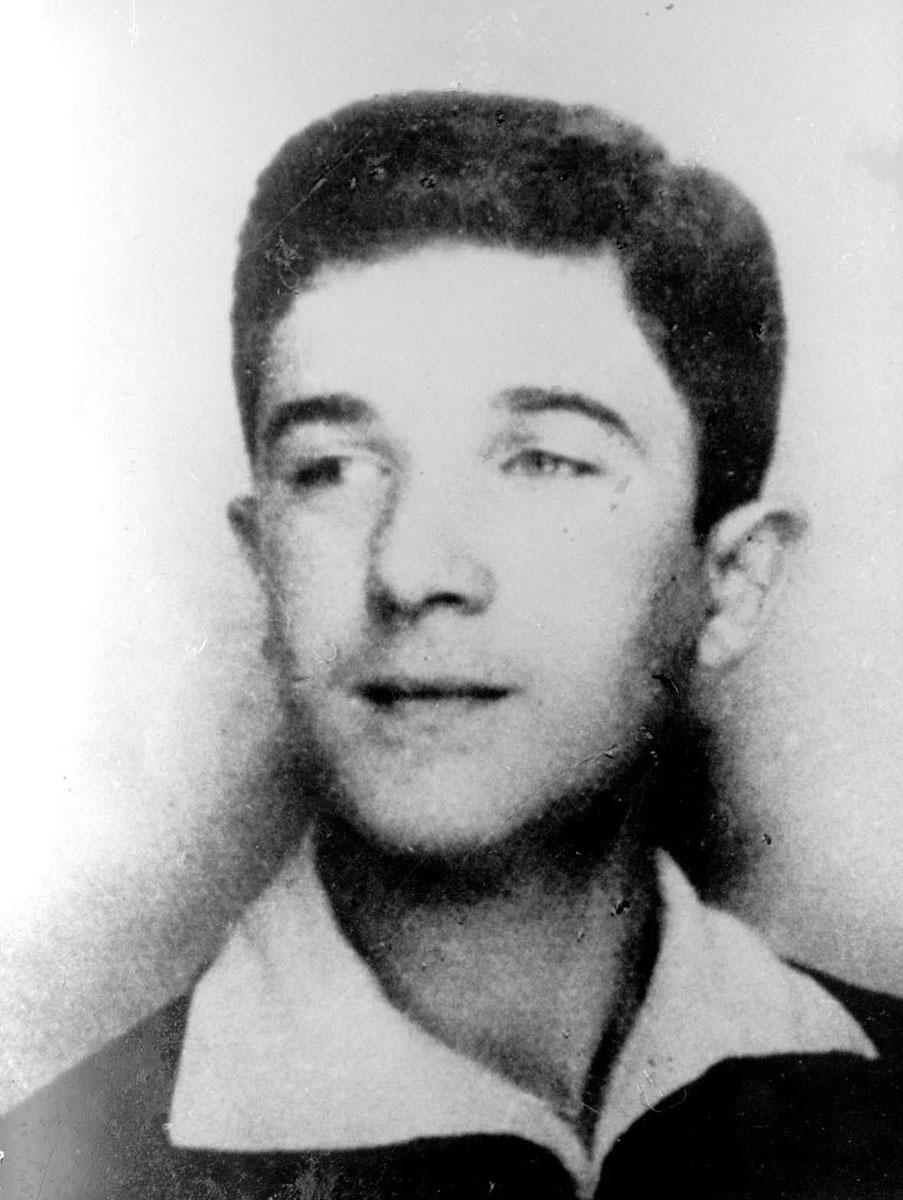
Yad Vashem Photo Archives 4613/128

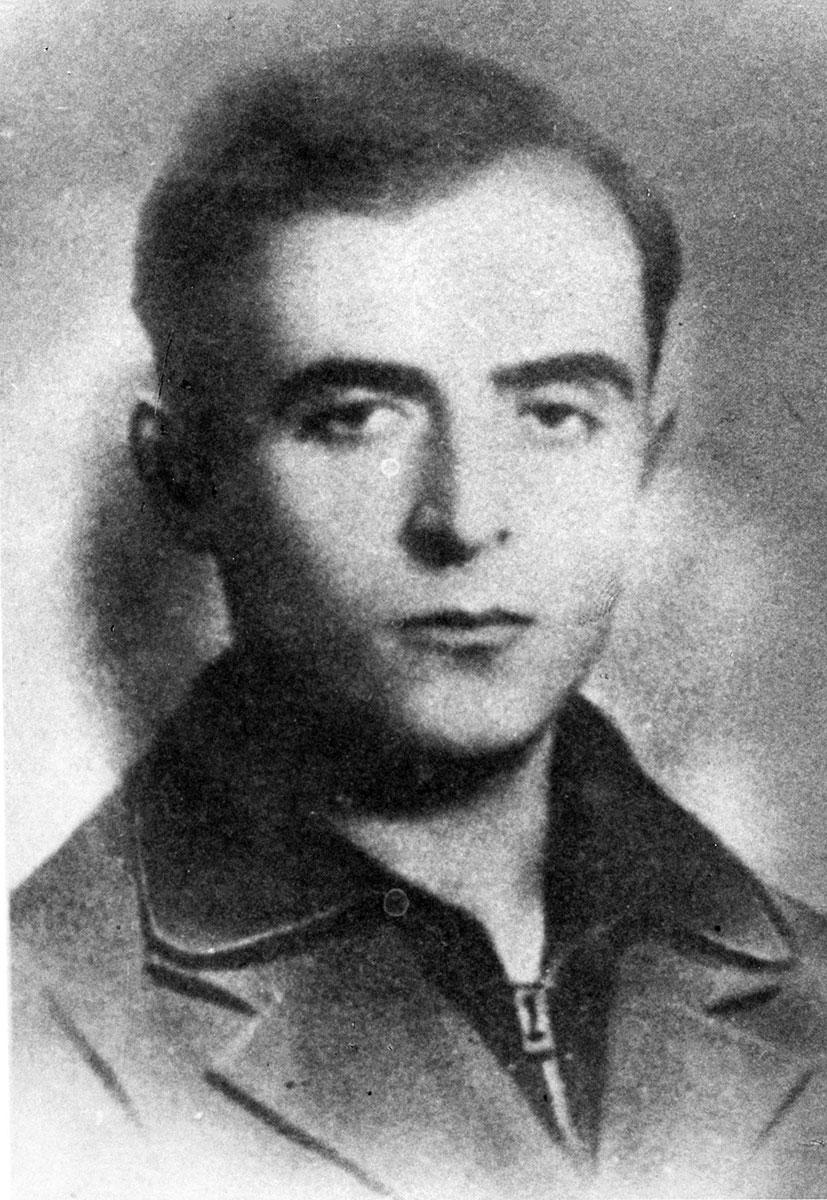
Yad Vashem Photo Archives, 4613/514


Yad Vashem Artifacts Collection.
Donated by Charles Wittenberg, Canada


Yad Vashem Artifacts Collection
Donated by Vitka Kovner, Israel


In June 1941, the Germans entered Krasnowka and murdered the Shlain family. Motale witnessed the murders from his hiding place in the attic. When darkness fell, Motale fled to the forest with his violin and joined the partisan unit led by “Diadia Misha” (Moshe Gildenman, from the city of Korets. A few months later, Motale was killed while fighting against the Germans.
Yad Vashem Artifacts Collection
Donated by Yousef (Seffi) Hanegbi, Arad and Zahava Shanni, Rehovot, Israel


Loan of Tania Behar-Zacharia, Arad, Jana Behar, Sofia
Collection of the Yad Vashem Art Museum, Jerusalem


Gift of the artist
Collection of the Yad Vashem Art Museum

The ghettos buzzed with rumors about the murder of Jews. Most inhabitants, however, found the vague information difficult to absorb, especially in view of the unprecedented nature of the events described. However, resistance groups obtained reliable information about the murders by means of couriers and liaisons outside the ghettos. As the information accumulated, they finally realized that a terrifying campaign of systematic murder, previously unheard of in human history, was being perpetrated. However, they only grasped this awareness after the execution of the deportations from the ghettos, and then they began to prepare for armed resistance.
The war of self-defense was carried out on three levels: armed uprisings in ghettos and camps; escape and smuggling of Jews from towns and ghettos to the forests for partisan warfare; and hiding by individuals in various hiding places, collective rescue efforts, and rescue of children.
Jews were active in the Belgian and French resistance and played a considerable role in the Slovakian uprising that broke out in the summer of 1944. Most Jews who fled to the mountains of Yugoslavia joined Tito’s partisan army. Tens of thousands of Jews reached the forests of Belarus and the Ukraine; they helped to establish partisan companies and fought admirably in special Jewish units or in mixed battalions. In Belarus and the Ukraine, family camps were established in the heart of dense forests; the fugitive noncombatant Jews who lived there were fed and protected by Jewish fighters.
Rebellions also took place in the death camps. In August 1943, the uprising in Treblinka broke out. Three groups of prisoners who had been put to work burning bodies and sorting the many victims’ belongings killed some of the camp commanders and guards, took over the armory, and set the gas chambers and the camp barracks ablaze. In Sobibor, prisoners rose up and several managed to escape. In Auschwitz-Birkenau, a group of prisoners blew up one of the crematoria.







